Writing Pest Control Content – Quality is King
When writing pest control content, we take pride in the quality of what we create for our clients. Why? All the written content or photos appearing on your website affect how your pest control company is portrayed to your website visitors.
A solid professional image will tell potential customers visiting your pest control website that you are reliable. Yours is a company they can have confidence in. Someone to help with their pest control problem.
We’ve all visited websites containing badly written content, perhaps in broken English or with inaccurate information. Do you trust the information they provide? You may have spotted a pest control blog about one bug but which has a photo of a different one as the header image. None of these problems inspire confidence.
That is why it is important to have good quality, well-researched pest control content that matches your marketing strategy.
And that’s what we do at Pest Writers.
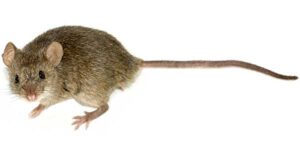
In this article we’ll answer the following questions:
- Why do you need to establish goals for your blogs?
- How do you choose relevant Pest Control blog topics?
- Why is research necessary to ensure accuracy? And why care?
- What defines successful pest control content? – More visitors!
- Why keeping Google in mind when writing is important?
- What are the three cornerstones of Google’s expectations?
- How can you use SEO and Keywords to draw visitors to your website?
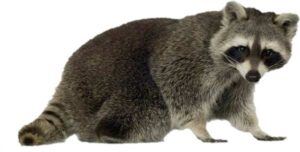
Your goals, not ours
When we first discuss writing for you, we ask several questions. We want to understand what your goals and objectives are for any pest control content we write. We aim to provide pest-control writing solutions that meet the goals of your content strategy.
Are you trying to increase traffic to your site? Are you widening your service area? Offering new pest control treatments? Adding a glossary of pests found in your area? Making life easier for existing customers wanting to pay their invoices for regular treatments? Creating a newsletter to keep your community informed of seasonal pests?
We want to add value to your pest control marketing strategy. This is why we like to check what you want us to do rather than rush into churning out text based on assumptions.
But perhaps you simply want to add a few blogs because this is a busy time of year and you don’t want to lose the regularity of your monthly blogs. That’s also fine!
However complex or simple your requirements, we will be happy to help you achieve your goals.

The best Pest Control blog topics are …
The best pest control topics for blogs, articles, newsletters, etc., are what is relevant to your business! Based on our experience, we can even give you pest control blog ideas should you need them.
Blogs typically revolve around the types of pest control treatment you provide, together with the various pests your customers need to be aware of. The blogs may highlight eco-friendly treatments, pest prevention, or seasonal pest control tips – the number of potential topics is vast.
The blogs or articles can be a great way for you to highlight particular skills or specialized pest control services you offer that put you apart from your competitors. Case studies may be good – but it can be a challenge to find a customer willing to have their recent battle with bed bugs or termites thrust online for their neighbors to see!
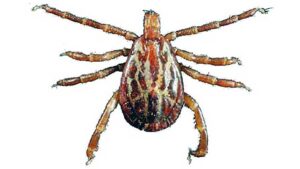
Whose name appears as Author?
A frequently asked question is about the name of the author of the blog. Will Pest Writers appear as the author or will it be the pest control company, a previous author, or someone else? That is entirely up to you. In the majority of cases, we act as a ghost blog writer, with the credit going to the pest control company owner or someone in the company. (That does sometimes create a small problem when we are asked to provide a long list of clients – we respect the anonymity of our clients. That’s what ghost writers do. However, we have many satisfied clients who are happy to act as references.)
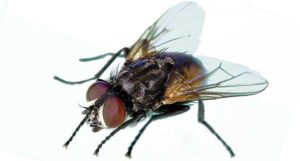
Research when writing pest control content
Research is important. Why? We have been writing about pests for many years in five different countries, meaning we know a lot about pests. We have bred many of the insect species that plague people’s homes, giving us a unique insight into their habits. Owning a 250-acre game reserve in South Africa for a decade, made us aware of and knowledgeable about larger pests.
That doesn’t stop research from being important. We still research every article.
Times change, technology changes, public opinion changes – what were common pest control treatments a few years ago have been replaced with safer, eco-friendly alternatives. Homeowners are often less willing to have their property sprayed with poisons. Climate change is altering the habits and habitats of many pests.
Research has to be thorough. A recent review of a dozen Pavement Ant blogs revealed a staggering number of inaccuracies. From the number of queens per nest to the ant’s ability to bite people – the incorrect ‘facts’ were disturbing. Even the scientific name was wrong in most blogs! Sadly, that’s representative of much of the content offered today – simply text stolen/repeated from other blogs, without any background knowledge or fact-checking.
Pest Writers have years of expertise. But we still thoroughly research every aspect of every article to ensure what is on your website is 100% accurate.
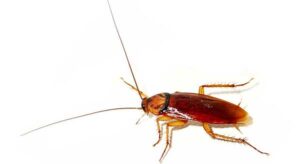
What is Successful Pest Control Content Writing?
What is successful content writing? We’ve already said it must meet your objectives. Surely, though, underlying any objective is that people must read the content. And to do that, no matter how accurate or well-written the text, people must visit your website!
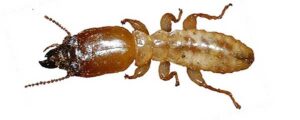
You need Google – like it or not
Although there are other search engines and other ways to find your company, most people use Google. With over 98% of people in the US now using their phones to find services, including pest control, you cannot afford to be invisible online.
The challenge is to get people to visit your website and not someone else’s. If you type in Pest Control Treatment USA, you are likely to see 40,800,000 hits. Sadly, if you are not in the top 10, you are all but invisible.
How do you get in the top ten search engine results, or better yet, the top of page 1? Good question!
Google indexes all the myriad websites on the Internet. It is Google that chooses which one will be on page 1. Google does this through a complex series of algorithms. Trying to match the Google algorithms to rank as high as possible in the search results is done using Search Engine Optimization (SEO).
Pest Writers’ knowledge and experience with SEO is a key factor in why we excel at writing pest control content!
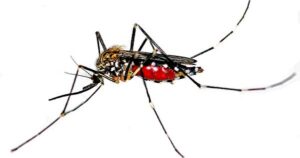
Getting to page One on Google
As mentioned, Google (and all search engines) uses a complex series of algorithms and AI to decide where to show your website in the millions of pest control websites it lists.
Anyone who guarantees such they can put any content at the top of page 1 is probably unaware of the complexities. It is certainly possible but never guaranteed. Why?
Google wants happy visitors. We’ve all had the experience of searching for something only to be shown something totally unrelated. This leaves you unhappy with Google! For that reason, Google is always refining the algorithms it uses for its search engine.
First and foremost, Google looks for these three items in any content: Authority, Relevance, and Experience.
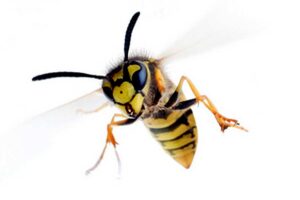
Authority
Authority is a complex subject and one of the more difficult to quickly address if your website is new. Basically, Google wants someone who searches for, say, signs of a heart attack to be shown pages from a website that knows the subject. WebMD or Mayo Clinic have a very high ‘authority’.
Google will favor such websites at the top of its listings because the answer could be a matter of life and death.
For the same, obvious reasons, Google will not show Uncle Fred’s blog discussing his recent heart issues at the top of page 1.
Relevance and Experience
Relevance is more obvious. A blog specifically about Pavement ants should have an obvious focus on Pavement ants and not meander onto wasps or other pests. (That’s not true of a blog about seasonal pests, which will cover multiple pests but the style of writing should be clear that multiple topics are covered.)
Experience is also understandable. Google will have seen many articles on Pavement ants and have a list of known words related to the subject, such as queen, drone, sweet, greasy, and so on. If your content has some or most of these related words, then Google will assume you have experience with Pavement ants.
Pest Writers will ensure your content has Relevance and Experience, we can also discuss ways to improve your website’s Authority, if it’s an issue.
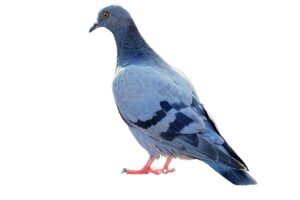
Writing Pest Control Content using the right SEO Keywords
You may have heard keywords are critical to a website’s SEO ranking. It’s true that in the past they were essential. And even today they still have value. But some years ago, the guys at Google spotted SEO ‘experts’ trying to stuff keywords into blogs where they made little sense, just to cheat the system.
Keywords allow Google to determine the focus of the pest control content. Is it about all pest control, certain pests, specific treatments, etc? But Google can now look past the individual keywords. It has an AI-generated thesaurus it uses to look for Latent Semantic Indexing (LSI). Simply put, it expects to see words related to your main topic appearing on your page. We saw an example when discussing ‘Experience’ above.
There are various types of keywords employed to catch Google’s interest, such as long-tailed keywords. This is because ‘pest control Miami’ throws up 22,500,000 hits. That’s probably not going to help someone looking for termite problems in Miami-Dade. So they will extend their search using a longer set of words – these are the long-tailed keywords you might need to add to your content to get visitors.
Pest Writers has the experience and the premium tools to identify the right keywords and LSI to ensure your pest control content is structured for the optimum Google search – in other words, SEO.
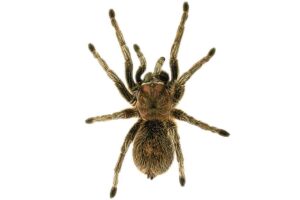
How we can help
We’ve looked at writing pest control content in detail. This article has covered:
- The need to establish goals for your blogs.
- Choosing relevant Pest Control blog topics.
- The need for research to ensure accuracy.
- What defines successful content – visitors.
- Why keeping Google in mind when writing is important.
- The three cornerstones of Google’s expectations.
- How to use SEO and Keywords to draw visitors to your website.
Pest Writers have the experience and skills to cover each of these points to make sure the content on your website hits the best SEO target points. We will help you to increase the number of visitors to your website, which ultimately means higher revenue and more profits.
This article is about how we write the perfect pest control content for your website.
Click here to learn why it is important to have pest control blogs to boost your revenue. And how we can help you do this.
Click to learn more about our pest control writing services. What are the steps we take when we write, including style, SEO, etc?
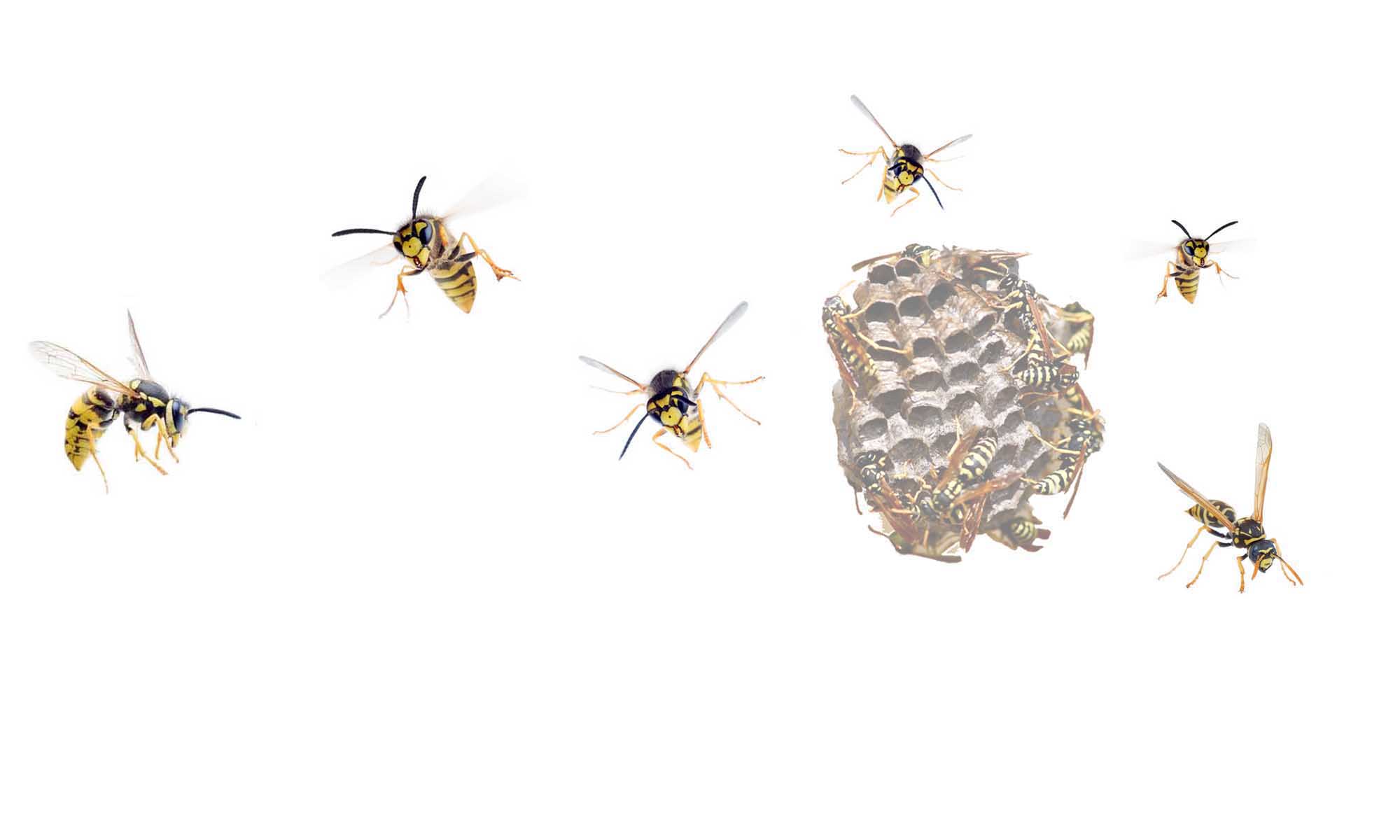


 To use WordPress you don’t have to be a computer whiz kids. If you want to add pages, blogs and images it’s very simple and normally involves just a single click. Unlike many other website tools, you don’t need to know anything about PHP, javascript or technical jargon.
To use WordPress you don’t have to be a computer whiz kids. If you want to add pages, blogs and images it’s very simple and normally involves just a single click. Unlike many other website tools, you don’t need to know anything about PHP, javascript or technical jargon. All software is at risk from hackers and others intent on causing trouble. Even large corporations like
All software is at risk from hackers and others intent on causing trouble. Even large corporations like 
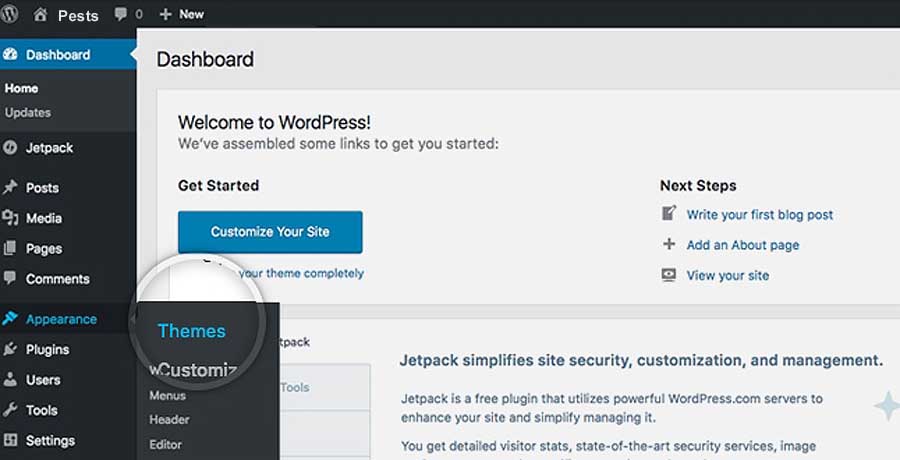

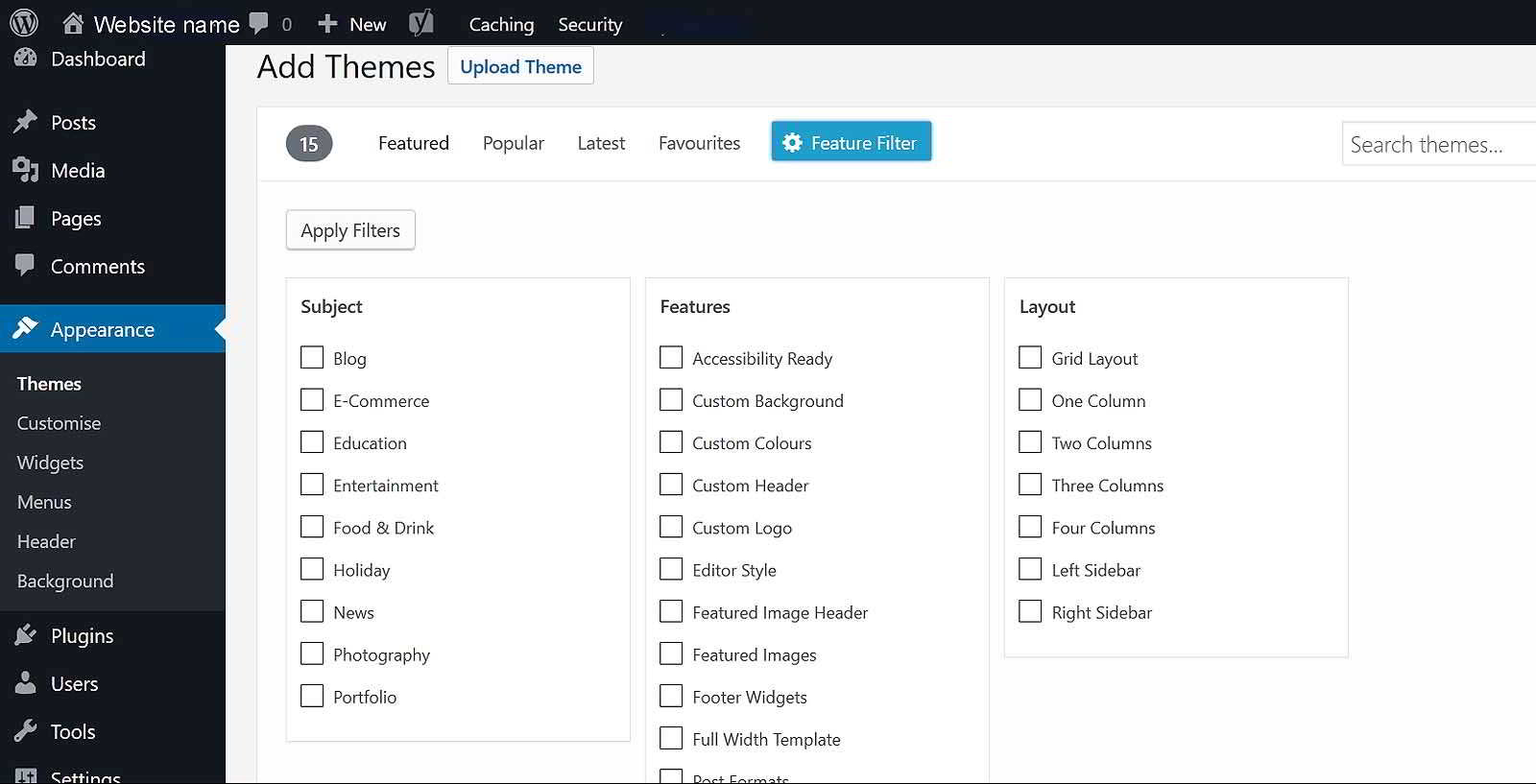 To make the search a little easier if you have WordPress running, you can go to ‘Appearance’ – ‘Themes’ – ‘Add New’ and then select ‘Features Filter’. This will help narrow down your search to a certain extent.
To make the search a little easier if you have WordPress running, you can go to ‘Appearance’ – ‘Themes’ – ‘Add New’ and then select ‘Features Filter’. This will help narrow down your search to a certain extent.